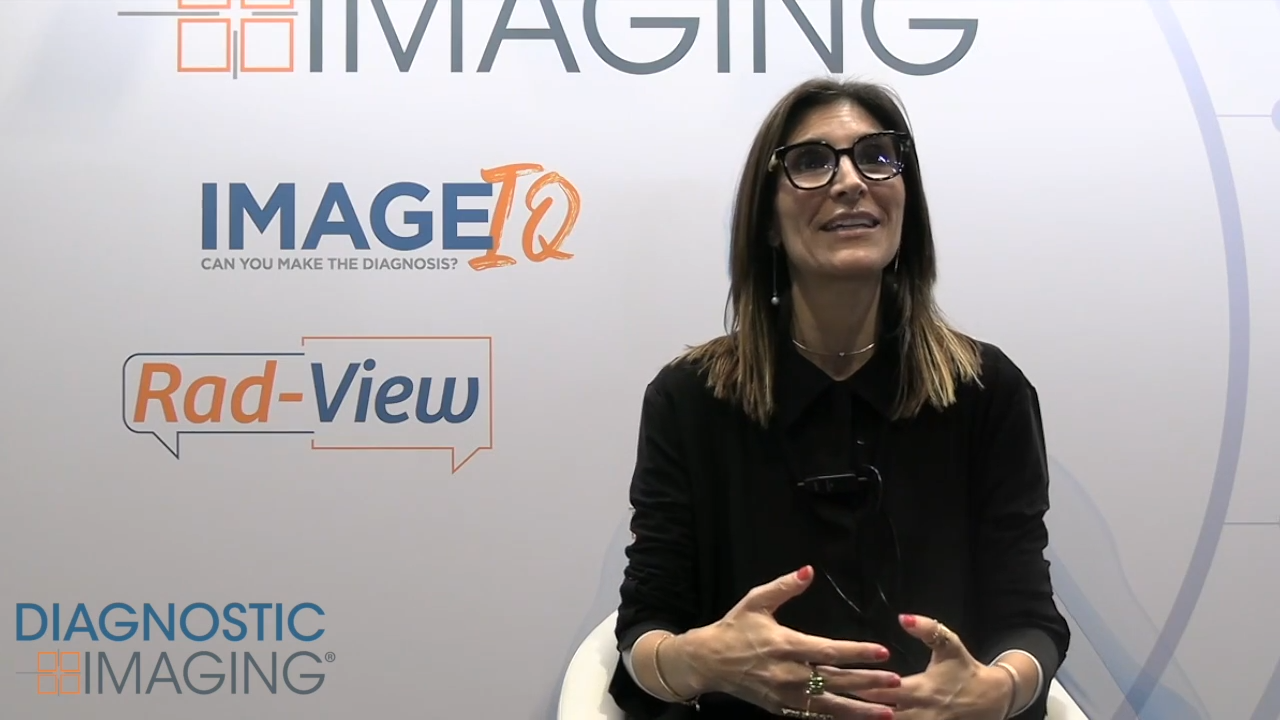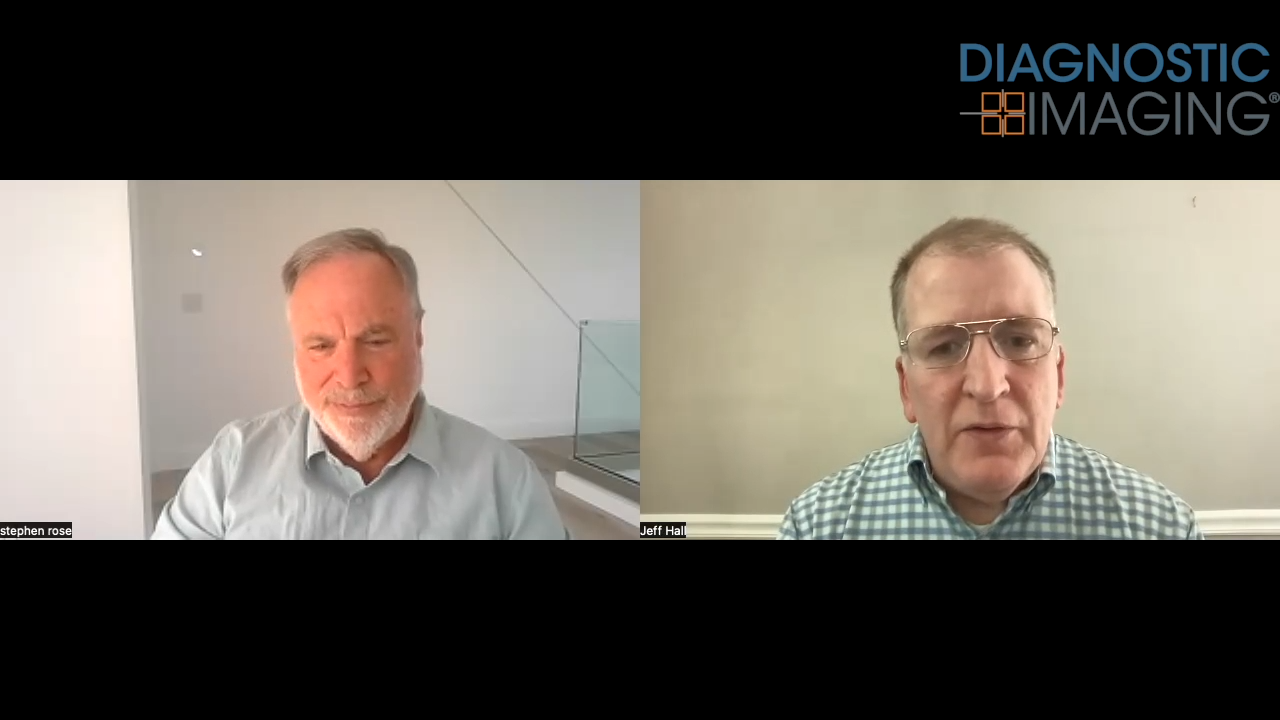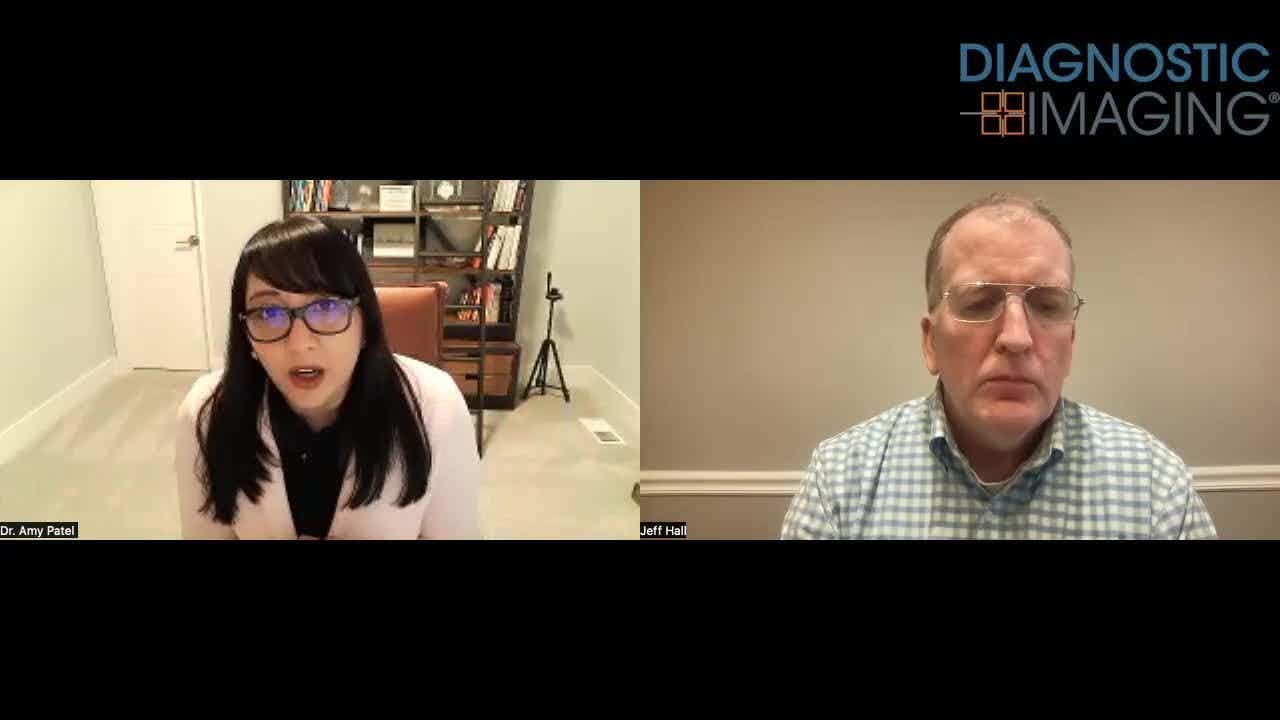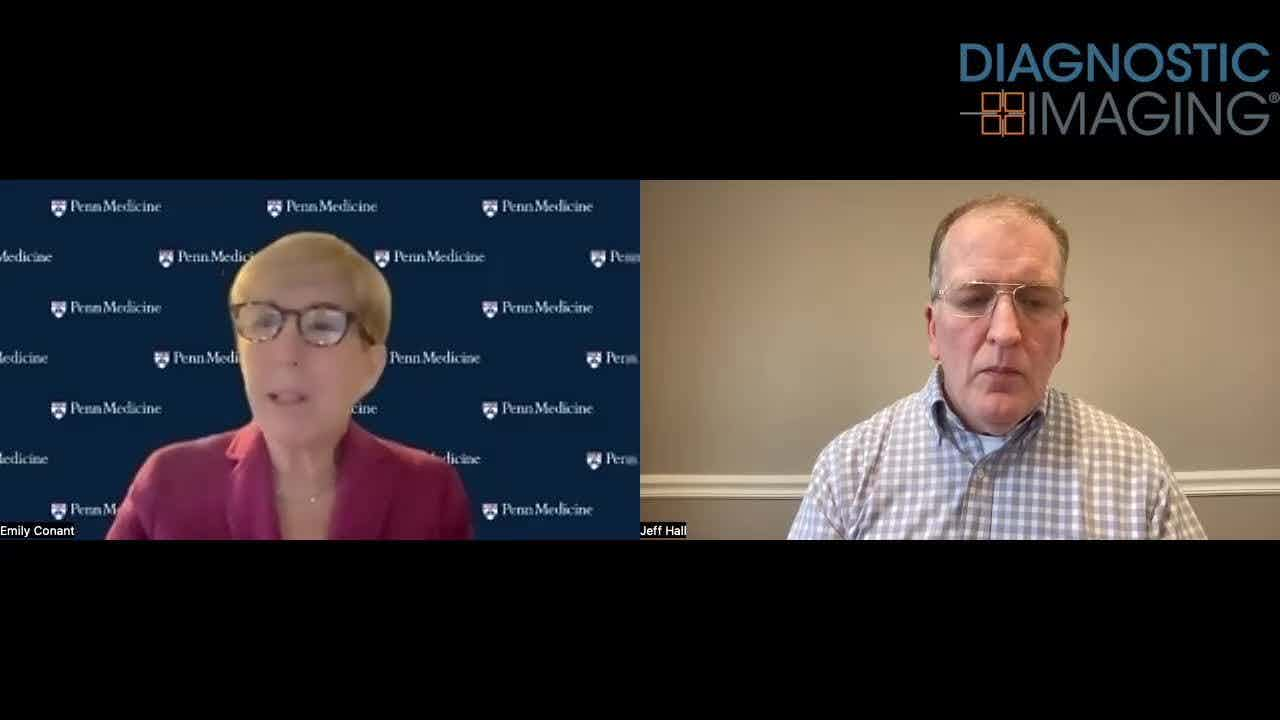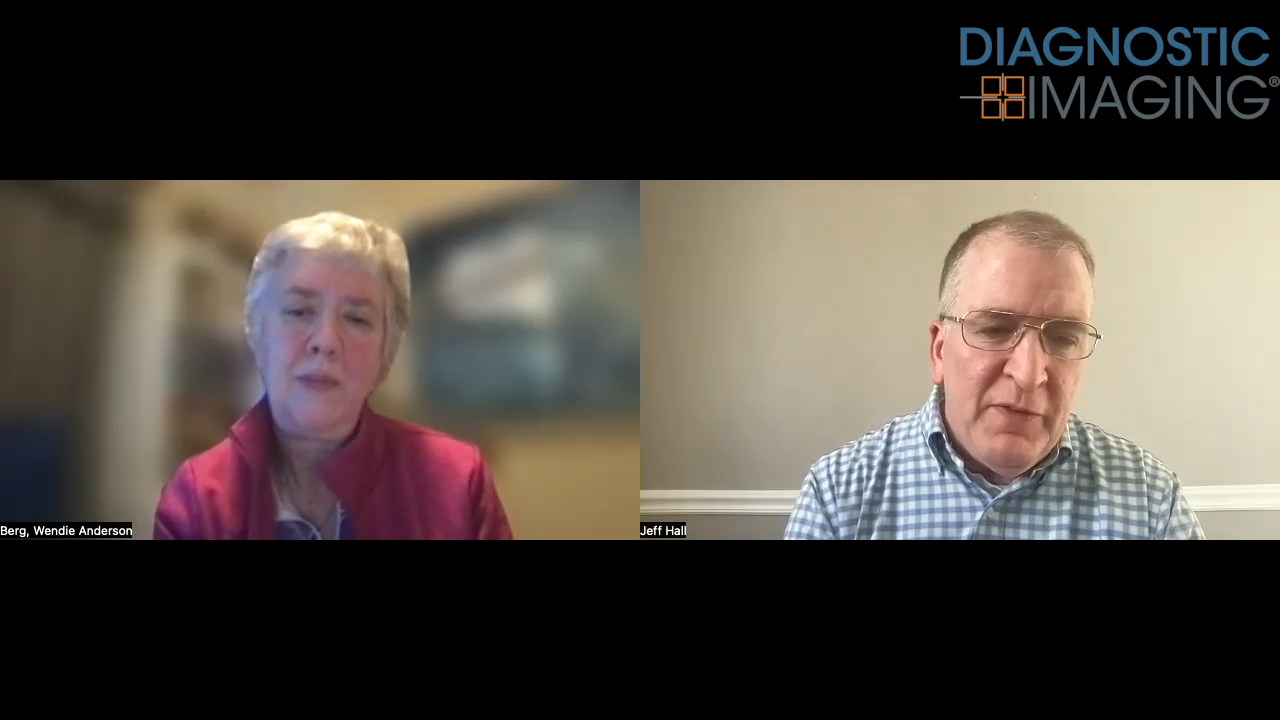Arizona Enacts Breast Density Notification Law
Arizona joins 14 other states in requiring breast density patient notification.
Arizona became the 15th state to pass a breast density patient notification law yesterday.
Governor Jan Brewer signed the bill, which will become effective October 1. The law requires that a health care institution or facility that categorizes a patient as having heterogeneously dense or extremely dense breasts based on breast image reporting and the data system established by the American College of Radiology must include the following in the summary of the mammography report sent to the patient:
Your mammogram indicates that you have dense breast tissue. Dense breast tissue is common and is found in fifty percent of women. However, dense breast tissue can make it more difficult to detect cancers in the breast by mammography and may also be associated with an increased risk of breast cancer. This information is being provided to raise your awareness and to encourage you to discuss with your health care providers your dense breast tissue and other breast cancer risk factors. Together, you and your physician can decide if additional screening options are right for you. A report of your results was sent to your physician.
According to the Are You Dense? Advocacy group, breast density predicts the accuracy of mammographic screening, and utilizing adjuvant breast screening tools can increase detection of early stage breast cancer for women with dense breast tissue up to 100 percent. The group also states that breast density is one of the strongest risk factors associated with breast cancer.
A federal density reporting bill, the Breast Density and Mammography Reporting Act, was introduced to the U.S. House of Representatives in October 2013. It was referred to the Subcommittee on Health in November 2013.
An informal reader poll by Diagnostic Imaging in April 2012 indicated that 75 percent of respondents were in favor of the inclusion of breast density information in the mammography summary letter sent to patients.
AI-Initiated Recalls After Screening Mammography Demonstrate Higher PPV for Breast Cancer
March 18th 2025While recalls initiated by one of two reviewing radiologists after screening mammography were nearly 10 percent higher than recalls initiated by an AI software, the AI-initiated recalls had an 85 percent higher positive predictive value for breast cancer, according to a new study.
ECR Mammography Study: Pre-Op CEM Detects 34 Percent More Multifocal Masses than Mammography
February 28th 2025In addition to contrast-enhanced mammography (CEM) demonstrating over a 90 percent detection rate for multifocal masses, researchers found that no significant difference between histological measurements and CEM, according to study findings presented at the European Congress of Radiology.
Study: Mammography AI Leads to 29 Percent Increase in Breast Cancer Detection
February 5th 2025Use of the mammography AI software had a nearly equivalent false positive rate as unassisted radiologist interpretation and resulted in a 44 percent reduction in screen reading workload, according to findings from a randomized controlled trial involving over 105,000 women.






